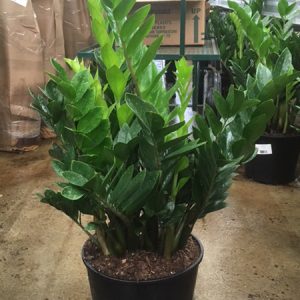Description
Philadelphus – Mock Orange –
There are about 60 species of deciduous shrubs in this genus. They occur in scrub and on rocky hillsides from Eastern Europe to the Himalayas, Eastern Asia, and North and Central America. They have thin bark, flaky, finely shredding in longitude stripes. They are grown for their spring or early summer blooms of orange scented, 4 petaled, cup or bowl shaped sometimes cross shaped, single, semi double, or double flowers,, held singly or in racemes, panicles, or cymes. The leaves are simple, mostly ovate, with serrated edges, 3″ long, and mid green, arranged in opposite pairs. Grow in a shrub border, or as specimen plants in a woodland garden, larger species and cultivars may be used for screening. Grow P. mexicanus against a wall.
Grow in any moderately fertile, moist well drained soil in full sun or partial shade, but flowers better in full sun.
Prone to scale insects, rust, gray mold (Botrytis), powdery mildew, fungal spots, and the Engrailed.
P. delavayi f. melanocalyx – P. purpurascens – This upright, deciduous shrub grows 10′ feet tall and 8′ feet wide. From arching branches it carries pointed, egg shaped, sometimes toothed, dark green leaves, to 4″ or more long, with hairy undersides. In early or mid summer it bears racemes of 5-9 single, saucer shaped, very fragrant, white flowers, 1 ½” across, with dark purple on the sepals.
Zones 6-9





